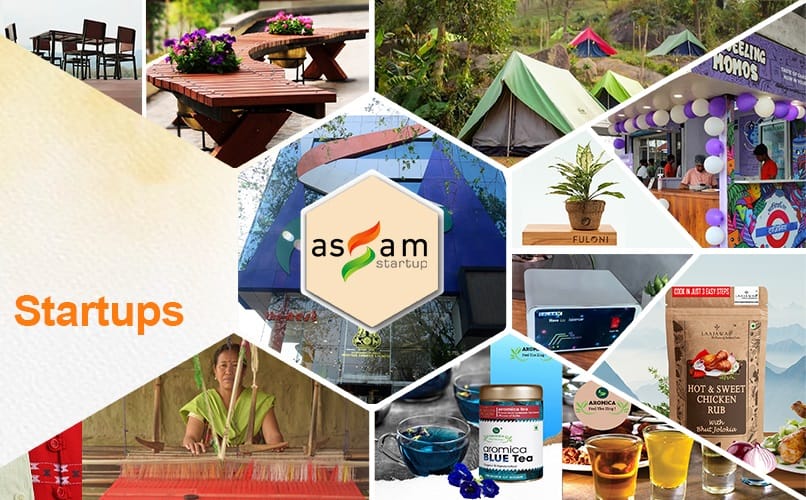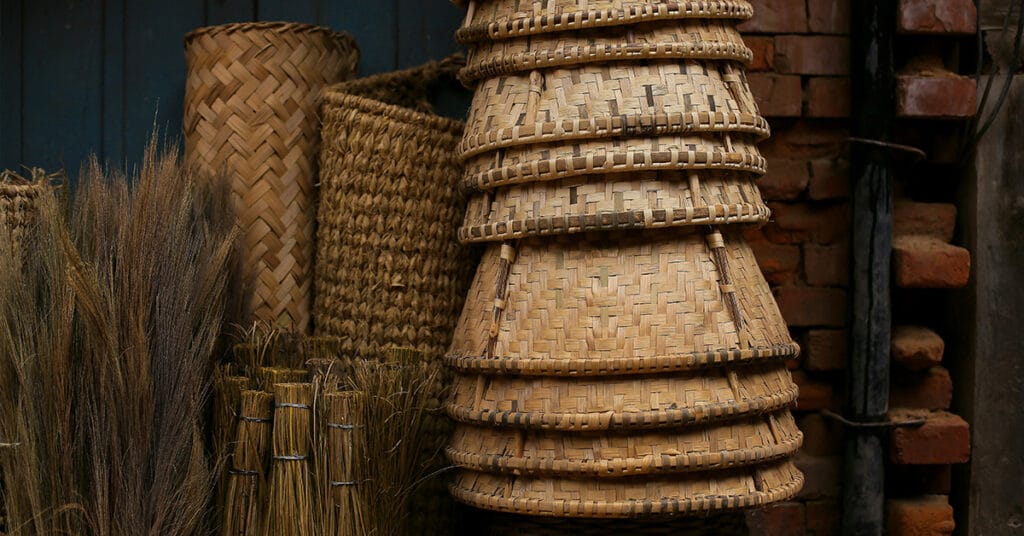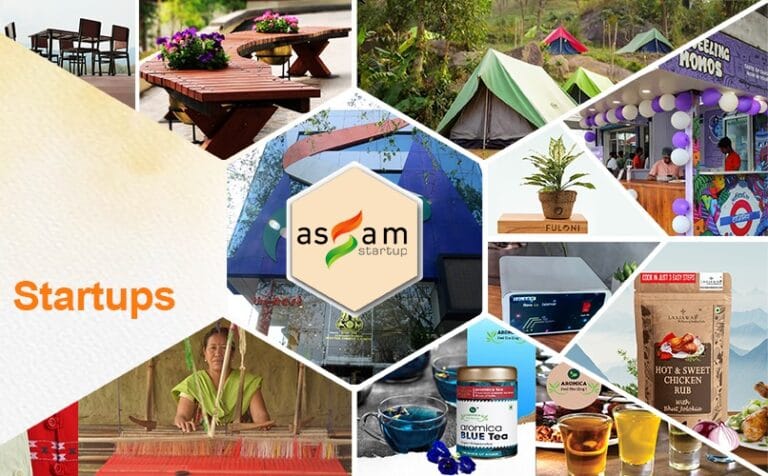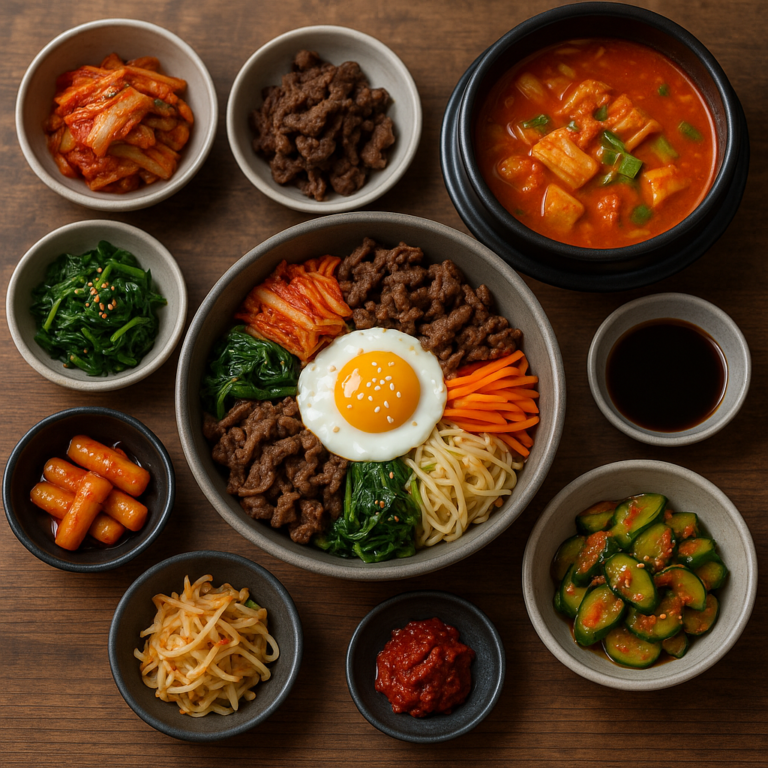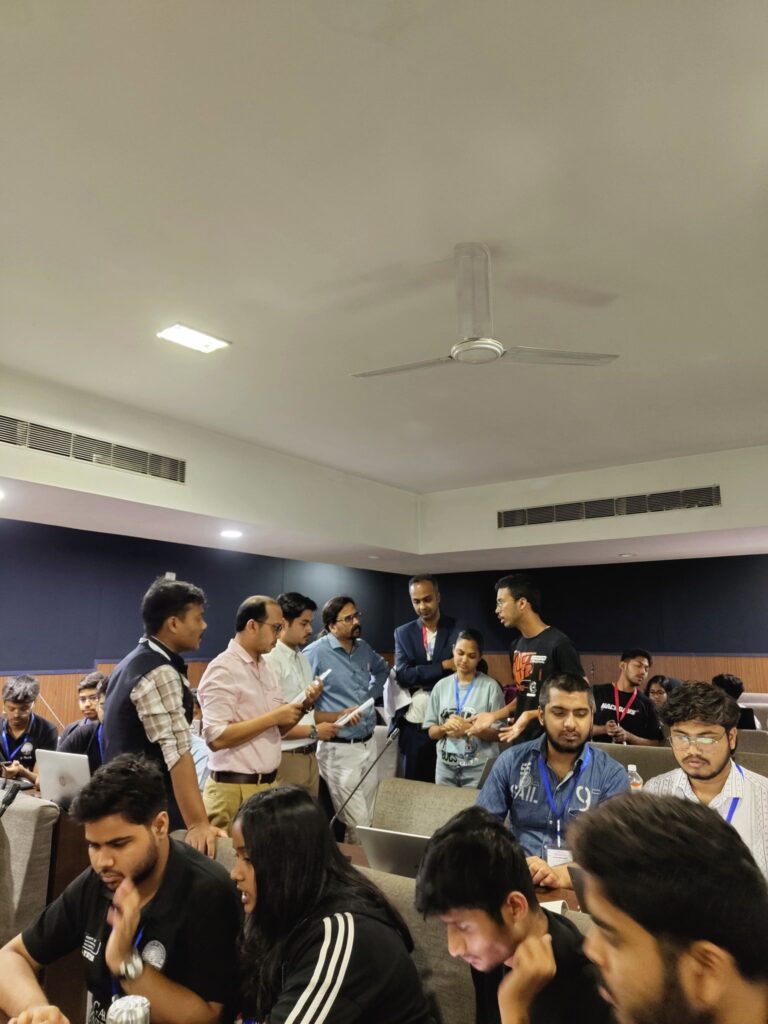Assam, the gateway to Northeast India, is a land brimming with rich cultural heritage, and its traditional handicrafts are a testament to the artistic skill of its people. The intricate designs, eco-friendly materials, and the cultural significance of these crafts have attracted buyers from all over the world. Whether it’s a stunning piece of silk from Sualkuchi, an intricately designed brass artifact from Sarthebari, or an exquisitely woven bamboo product, Assam’s handicrafts are not just items of beauty—they carry the history and soul of the region.
In this buyer’s guide, we’ll take you through some of the most popular traditional handicrafts of Assam, highlighting their significance, where to find them, and tips on purchasing these treasures.
1. Assam Silk: The Queen of Textiles
Assam is world-renowned for its production of exquisite silk fabrics, with three main varieties dominating the textile landscape: Muga, Eri, and Pat silk.
- Muga Silk: Known as the “Golden Silk” of Assam, Muga is a rare and durable fabric with a distinct natural golden hue. It is made from the silkworm Antheraea assamensis, which is found exclusively in Assam. The silk’s lustrous texture and strength make it highly sought after, particularly for traditional garments like the Mekhela Chador.
- Eri Silk: Also known as “Ahimsa Silk” due to its non-violent silk production, Eri silk is soft, warm, and ideal for cooler climates. Unlike Muga silk, which is known for its sheen, Eri silk has a matte finish and is often used in the creation of shawls and blankets.
- Pat Silk: A type of mulberry silk, Pat silk is white in color and has a delicate shine. It is widely used for creating Assamese traditional attire and can be dyed in a variety of vibrant colors.
Where to Buy: Visit the town of Sualkuchi, known as the “Manchester of the East,” to see traditional looms in action and purchase authentic silk directly from weavers. Several markets in Guwahati, including Paltan Bazar and Fancy Bazar, also offer quality silk products.
Buyer’s Tip: Ensure that you are purchasing 100% pure Muga or Eri silk by checking for authenticity labels or buying directly from certified outlets.
2. Bamboo and Cane Products: Eco-Friendly Elegance
Bamboo and cane are integral to Assam’s handicraft tradition, with artisans creating a wide variety of products that are both utilitarian and decorative. These include furniture, baskets, mats, trays, and intricate decorative items.
The lightweight and sustainable nature of bamboo make it a popular choice for both locals and tourists looking for eco-friendly options. Cane furniture, in particular, is highly durable and elegant, lending a rustic yet stylish feel to homes.
Popular Products:
- Bamboo furniture: Chairs, tables, and shelves made from bamboo are popular due to their light weight and durability.
- Baskets: Beautifully crafted bamboo baskets of varying sizes, used for both storage and decoration.
- Decorative items: Handcrafted figurines, wall hangings, and showpieces made from bamboo or cane.
Where to Buy: You can find a variety of bamboo and cane products in markets across Assam, particularly in Jorhat, Guwahati, and Tezpur. If you’re looking for finely crafted products, visit the Assam Government Emporium in Guwahati or explore the handicraft stalls at local fairs like the Saras Mela.
Buyer’s Tip: When purchasing bamboo furniture or baskets, make sure the item has a smooth finish with no splinters. Opt for products with proper varnishing to ensure longevity.
3. Bell Metal and Brassware: Sarthebari’s Treasures
Sarthebari, a small town in Assam, is famous for its exquisite bell metal and brass artifacts. Bell metal is a form of bronze that consists of copper and tin, and the artisans of Sarthebari have been perfecting their craft for centuries.
These metal products are not only visually striking but also functional, often used for religious ceremonies and daily household activities. The traditional xorai (a tray with a stand) and bota (a ceremonial pot) are some of the most iconic items made from bell metal, commonly used during religious or cultural events in Assamese households.
Popular Products:
- Xorai: A traditional tray used for offering gifts or during religious functions.
- Bota: A small, bell-metal pot traditionally used for ceremonial purposes.
- Brass utensils: Pots, plates, and cutlery that are both decorative and functional.
Where to Buy: For authentic bell metal and brassware, visit the artisans in Sarthebari, where you can see the items being crafted and buy directly from the source. These products are also available in Guwahati’s traditional markets and the Assam Government Emporium.
Buyer’s Tip: When purchasing bell metal or brass items, check for quality by ensuring the items are smooth, without dents or visible flaws. Since bell metal can tarnish over time, opt for pieces that have been properly polished.
4. Terracotta and Pottery: Earthy Artistry
Assam’s terracotta and pottery crafts are deeply rooted in the state’s cultural history, with ancient techniques passed down through generations. The artisans of Dhubri, Goalpara, and Hajo are particularly famous for their exquisite terracotta figurines and pottery products.
Popular Products:
- Terracotta figurines: Small, intricately designed statues of gods, animals, and mythological characters.
- Clay pots and utensils: Eco-friendly and beautifully crafted, these are used in both religious ceremonies and everyday life.
Where to Buy: Hajo is well-known for its terracotta products, and the town of Dhubri also offers a great selection of pottery. You can find these items in artisan villages or local markets in Guwahati and around Assam.
Buyer’s Tip: When buying terracotta, look for pieces with a smooth texture and avoid items with cracks or uneven surfaces.
5. Wooden Masks and Sculptures: A Craft of Myth and Legend
The traditional wooden masks of Assam, particularly those made by the artisans of Majuli, are a blend of artistry and cultural significance. These masks are often used in traditional dance dramas, particularly in the religious Sattriya dance form. Each mask is crafted by hand, using materials like bamboo, wood, and clay, and often depicts characters from mythological stories or folklore.
Popular Products:
- Wooden masks: Used during performances of Ankiya Naat (traditional Assamese drama), these masks are a reflection of Assamese spirituality and folklore.
- Wooden sculptures: Often depicting gods, animals, or local legends, these are crafted by skilled artisans and make for excellent decorative pieces.
Where to Buy: Majuli is the best place to find authentic wooden masks, while markets in Guwahati and Sivasagar also offer a variety of traditional wooden sculptures.
Buyer’s Tip: When purchasing wooden masks, ensure that the colors used are non-toxic and that the wood is properly treated to prevent decay.
6. Pith Craft: The Art of Lightness
Pith (locally known as Xoroo) is a lightweight and spongy material used by Assamese artisans to create intricate figurines and decorative items. This craft, known for its delicate beauty, is primarily practiced in the districts of Goalpara and Barpeta.
Popular Products:
- Pith idols: Small idols of gods and goddesses, particularly Lord Vishnu and Saraswati, are common.
- Decorative items: Pith is also used to create small toys, flowers, and other decorative pieces.
Where to Buy: Visit local markets in Goalpara and Barpeta, or check out craft fairs that display traditional Assamese handicrafts.
Buyer’s Tip: Pith products are extremely delicate, so make sure to handle them carefully. Look for items that are intricately carved but sturdy enough to last.
Conclusion
Assam’s traditional handicrafts are a reflection of its vibrant culture, rich heritage, and artistic brilliance. By purchasing these handicrafts, you not only bring home a piece of Assam’s history but also support the local artisans who work tirelessly to keep these ancient crafts alive. Whether you’re buying silk from Sualkuchi or a bamboo basket from Jorhat, each item carries with it a story of craftsmanship and cultural pride.
SEO Keywords:




